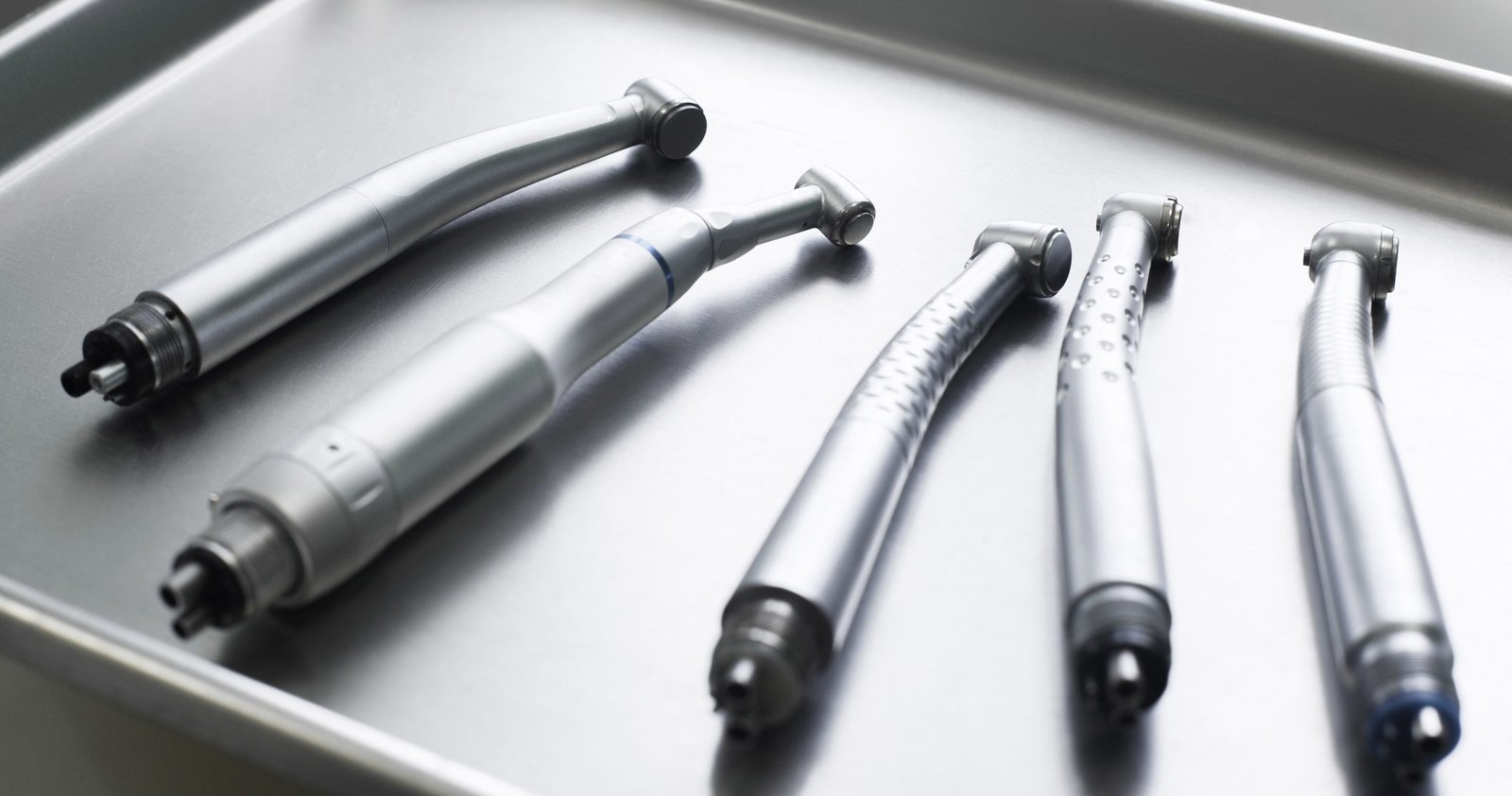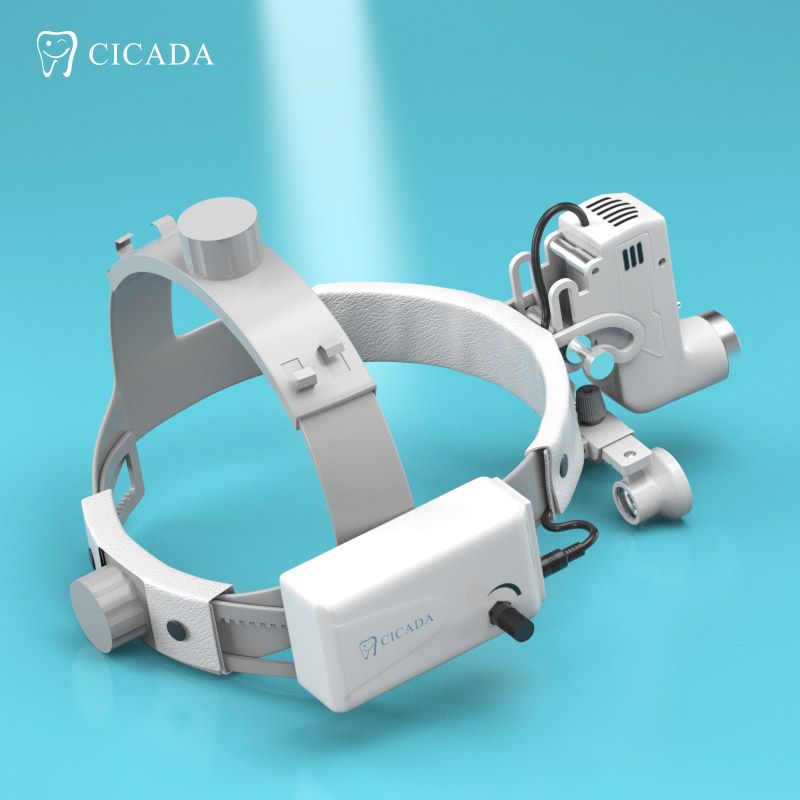Air Turbine Technology, a groundbreaking innovation, has been a game-changer across a multitude of industries, from manufacturing to dentistry. This technology harnesses the power of compressed air to drive tools, motors, and spindles, offering a trifecta of benefits: speed, precision, and efficiency. Let’s dive into the nitty-gritty of Air Turbine Technology, exploring its applications, key features, and what the future holds.
The Nuts and Bolts of Air Turbine Technology
At its core, Air Turbine Technology operates on the principle of using compressed air to generate high-speed rotational energy. This energy is then harnessed to power various tools, motors, and spindles, resulting in operations that are as swift as they are precise. Air Turbine Tools®, for instance, offers powerful 25k-90k RPM spindles for CNC mills, motors for robots/lathes, and hand tools. This high speed allows for rapid drilling with minimal pressure, making the process a breeze compared to slower counterparts.
Precision is another feather in the cap of Air Turbine Technology. The high-speed rotations of air turbines make them the go-to choice for tasks that demand precision. They can deftly remove decayed tissue with surgical precision while leaving the surrounding healthy structure untouched. This level of precision is a godsend in the dental industry, where it paves the way for more accurate and less invasive procedures.
Efficiency is the third pillar of Air Turbine Technology. This technology boosts power delivery via efficient bearing systems and significantly improves ergonomics. This results in faster production rates and eliminates problems associated with traditional tools. Moreover, Toolchanger Accessories make Air Turbine Spindles® a cinch to integrate on any CNC Machine (DMG, Haas, Robodrill, Doosan, Okuma, Makino, Mazak, Fanuc, Hurco, Briother, etc), further enhancing their versatility and efficiency.
Air Turbine Technology in Action
Air Turbine Technology has a broad spectrum of applications, from CNC, robotic and other mounted applications, to hand finishing operations. In the manufacturing industry, it’s used for rapid and precise drilling, cutting, and grinding operations. In the dental industry, it’s used for procedures such as preparing cavities, extraction of wisdom teeth, and periodontics. The high speed and precision of air turbines make them an optimal choice for these applications, resulting in faster and more accurate procedures.
Key Players in Air Turbine Technology
Air Turbine Tools® is a leading light in the field of Air Turbine Technology. They are known for their wide range of International Dental Equipments that adhere to global standards. Their products, which include high-speed spindles, motors, and hand tools, are renowned for their speed, precision, and efficiency. They have made significant contributions to the field, helping to redefine performance standards for hand tools, motors, and spindles.
Air Turbine Technology in the Real World
Air Turbine Technology has been a boon to various industries, enhancing efficiency and precision. For instance, in the manufacturing industry, it has been used to speed up drilling, cutting, and grinding operations, resulting in faster production rates. In the dental industry, it has been used to make procedures such as preparing cavities and extracting wisdom teeth more accurate and less invasive.
One standout case study is the use of Air Turbine Technology in the dental practice of Dr. Jane Doe, a New York City-based dentist specializing in cosmetic procedures. Dr. Doe has been using air turbines for most major operations over several years and has found them significantly more manageable than conventional handpieces. She has reported that the high speed and precision of air turbines have allowed her to work more quickly and effectively, resulting in improved patient satisfaction.
What’s Next for Air Turbine Technology?
The future of Air Turbine Technology looks bright, with numerous advancements on the horizon. One area that’s making waves is CAD/CAM Technology (Computer-Aided Design/Computer-Aided Manufacturing). This cutting-edge innovation uses sophisticated software design to replace traditional prosthetic restoration methods with digitized processes, thereby enhancing accuracy. The integration of CAD/CAM systems with air turbine handpieces streamlines the entire procedure, making it faster, safer, more efficient, and achieving superior levels of precision during production phases than previously viable methods.
Tips and Tricks for Using Air Turbine Technology
When using Air Turbine Technology, it’s important to keep a few key tips in mind. First, ensure that your equipment is properly maintained to maximize its lifespan and performance. Regularly check and replace any worn-out parts to keep your tools running like a well-oiled machine. Second, make the most of the high speed and precision of air turbines by using them for tasks that require accuracy and speed. Finally, remember to use the right tool for the job. While air turbines are versatile, they may not be the best choice for every task. Always consider the requirements of the task at hand before choosing your tool.
Common Pitfalls to Avoid
While Air Turbine Technology offers numerous benefits, there are also common pitfalls and mistakes to avoid. One common mistake is neglecting regular maintenance. Like any high-velocity device susceptible to wear and tear, blades demand replacement after extended use, impacting cost considerations – typically every four-to-six months contingent on the frequency of use. Another common mistake is not taking full advantage of the speed and precision of air turbines. These tools are designed for tasks that require accuracy and speed, so be sure to use them to their full potential.
Best Practices
When using Air Turbine Technology, there are a few best practices to keep in mind. First, always ensure that your equipment is properly maintained. Regular maintenance not only extends the lifespan of your tools but also ensures that they perform at their best. Second, take advantage of the high speed and precision of air turbines. Use them for tasks that require accuracy and speed. Finally, always use the right tool for the job. While air turbines are versatile, they may not be the best choice for every task. Always consider the requirements of the task at hand before choosing your tool.
In Conclusion
Air Turbine Technology is a revolutionary advancement that has transformed various industries. Its high speed, precision, and efficiency have made it an invaluable tool in manufacturing, robotics, and dentistry. With continuous advancements and innovations, the future of Air Turbine Technology looks promising. As we stride into the future, it continues to hold a central position, paving the way for faster, more precise, and efficient operations.




